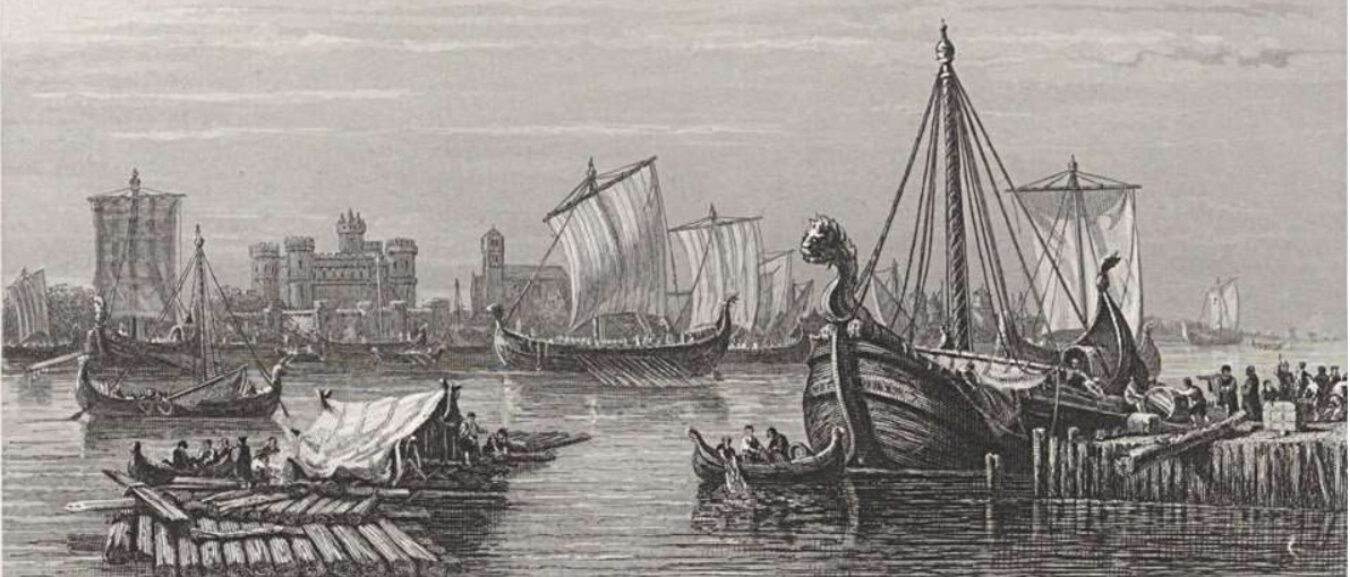The process of Christianization in Celtic areas was a complex and often contentious one, with instances of resistance to the new religion. Some of the reasons for resistance included:
- Loss of traditional culture and identity: Like in Germanic areas, the spread of Christianity often meant the suppression or abandonment of traditional religious beliefs and practices, which were closely tied to the identity and culture of the people. Some Celts were reluctant to give up their traditions and way of life.
- Persecution and oppression: Christian authorities sometimes used force or coercion to convert pagans, or persecuted those who refused to convert. This created resentment and resistance among some Celts.
- Conflict with political and economic interests: In some cases, the spread of Christianity was linked to the interests of ruling elites or foreign powers, and was seen as a threat to the autonomy and economic well-being of local communities.
Some examples of resistance to Christianization in Celtic areas include:
- The Druids and Bards: In pre-Christian Celtic society, the Druids and Bards held important roles as religious leaders, poets, and storytellers. With the rise of Christianity, these figures often became targets of persecution, as they were seen as competing with Christian priests and scholars.
- The Celtic Church: In Ireland and other Celtic areas, the spread of Christianity was initially led by native missionaries, who established a distinct form of Christianity known as the Celtic Church. This church had its own customs, practices, and traditions, and was often resistant to the authority of the Roman Catholic Church.
- Folk traditions and customs: Even after conversion to Christianity, many pagan beliefs and practices persisted in folk traditions and customs, and in some cases were even incorporated into Christian ritual. For example, many Celtic festivals, such as Samhain (the precursor to Halloween), have pagan origins.
Despite these instances of resistance, Christianity eventually became the dominant religion in Celtic areas, and traditional pagan beliefs and practices largely disappeared. However, in recent years, there has been a revival of interest in pre-Christian Celtic religion and culture, and some people have embraced neo-paganism and other forms of pagan spirituality.
Celtic resistance to Christianization

